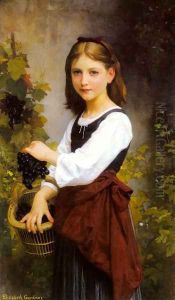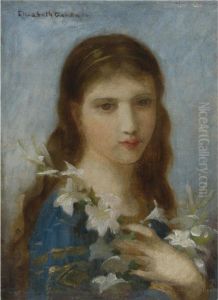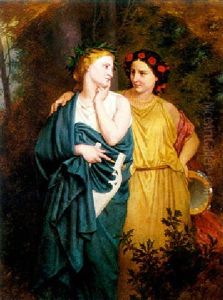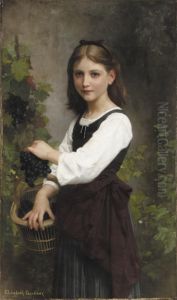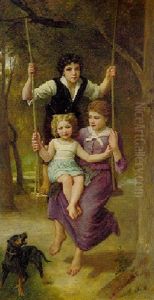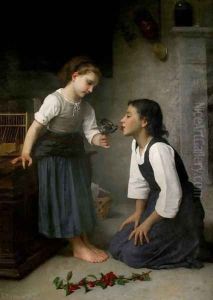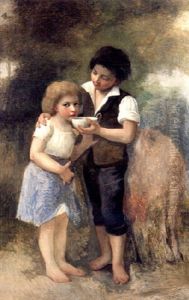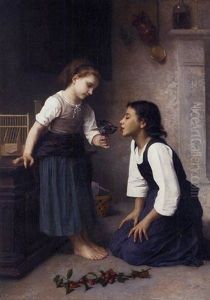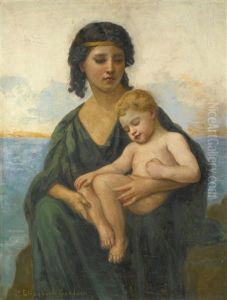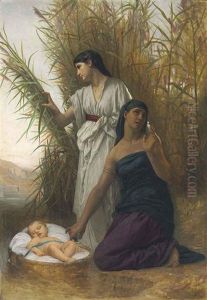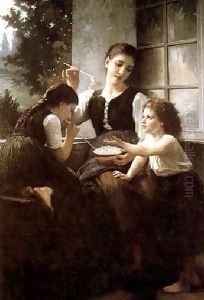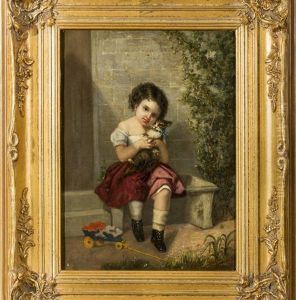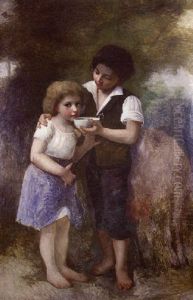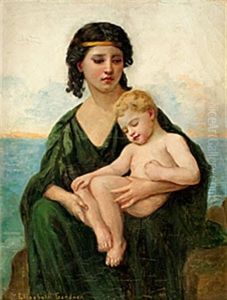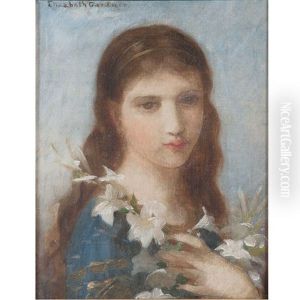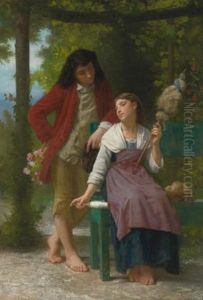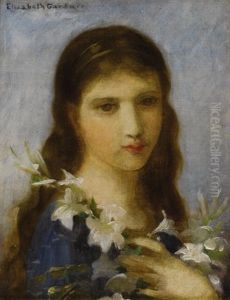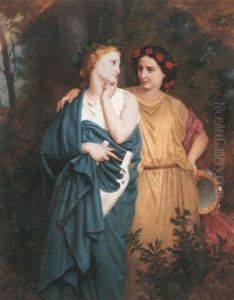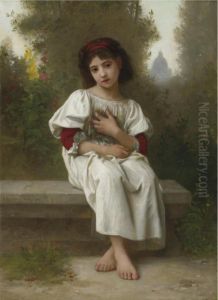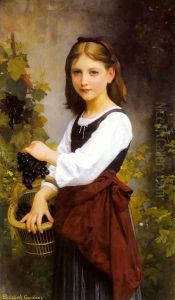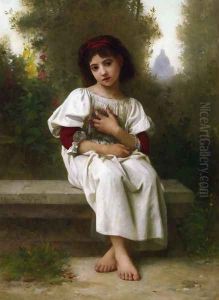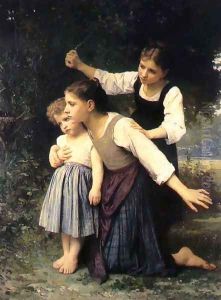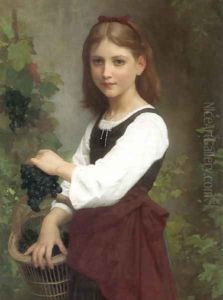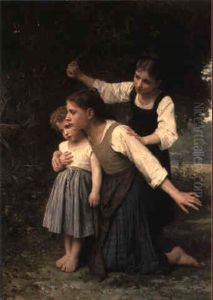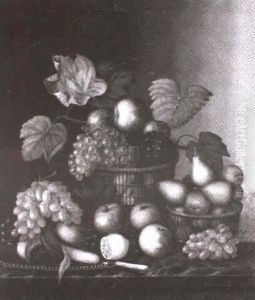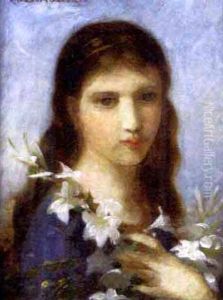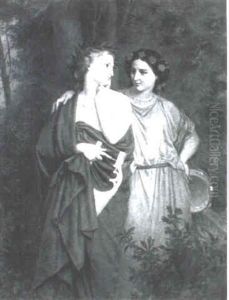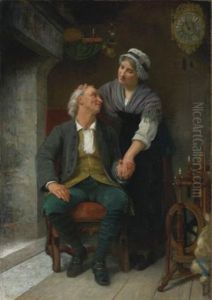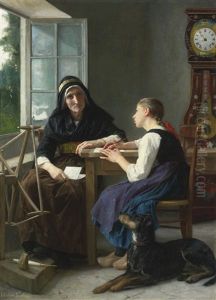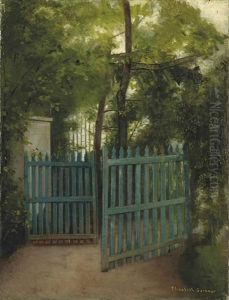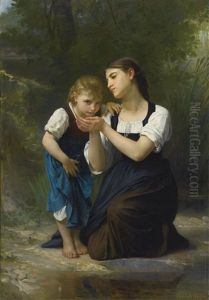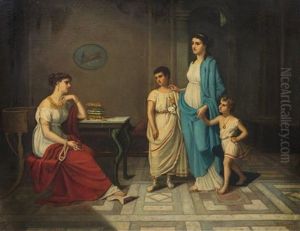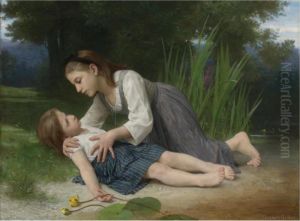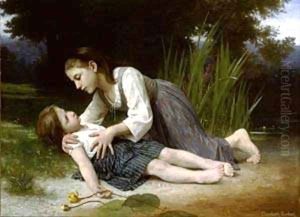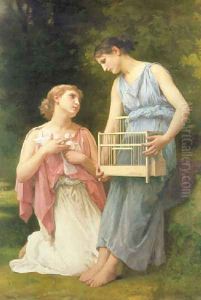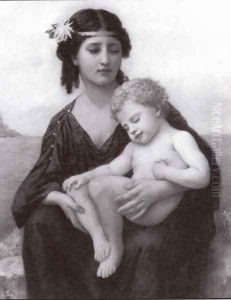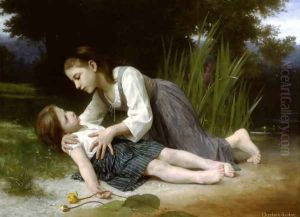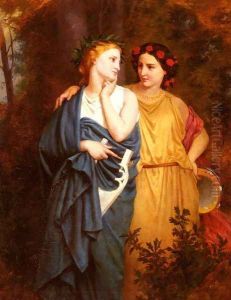Elizabeth Jane Gardner Bouguereau Paintings
Elizabeth Jane Gardner Bouguereau was an American painter who played a significant role in the art world of the 19th century. Born on October 4, 1837, in Exeter, New Hampshire, she grew up in a time when women had limited opportunities to pursue artistic training or professional careers in the arts. Despite these obstacles, Gardner showed early promise and was determined to become an artist. She began her education at the Lasell Female Seminary in Auburndale, Massachusetts, and later moved to Paris in 1864 to pursue her artistic ambitions at a time when the city was the center of the art world.
In Paris, Elizabeth Jane Gardner was one of the very few women to study at the prestigious École des Beaux-Arts, although she initially had to attend private classes because the school did not formally admit women until 1897. She was a pupil of Hugues Merle and later became the only American woman to study under William-Adolphe Bouguereau, a highly successful academic painter. Gardner adopted Bouguereau's academic style, which was characterized by its realistic depiction of the human figure and polished finish. Her work often included religious and mythological themes, and she was known for her ability to imitate Bouguereau's style so closely that some of her works were mistaken for his.
Despite the challenges she faced as a woman in a male-dominated field, Gardner achieved considerable success in her lifetime. She regularly exhibited her work at the Paris Salon, the premier art exhibition in France, and was the first American woman to win a gold medal there in 1887. Her paintings received critical acclaim and were sought after by collectors, earning her a respectable livelihood.
In 1895, Gardner married William-Adolphe Bouguereau and continued to work and exhibit her art alongside her husband. Her marriage to Bouguereau helped solidify her position in the art world, but she also maintained her own distinct artistic identity. After Bouguereau's death in 1905, Gardner continued to paint and exhibit her work, although her style gradually fell out of favor as the art world moved towards Modernism.
Elizabeth Jane Gardner Bouguereau's legacy is significant as she broke gender barriers and served as an inspiration for future generations of female artists. Her determination and success paved the way for greater acceptance of women in the arts. She died on January 28, 1922, in Saint-Cloud, France, having made a lasting impact on the art world. Her works are still appreciated today for their beauty and technical proficiency.
